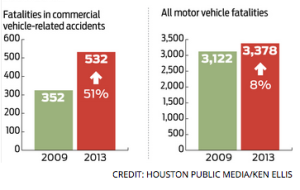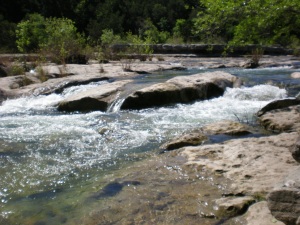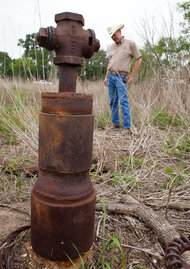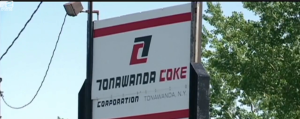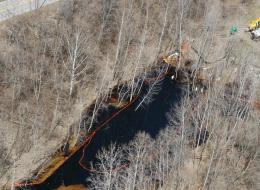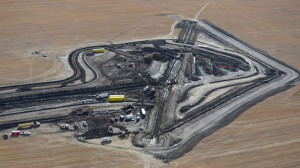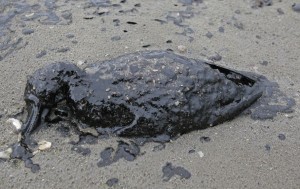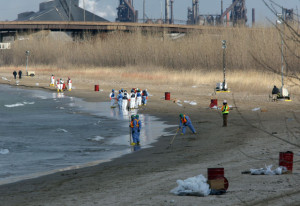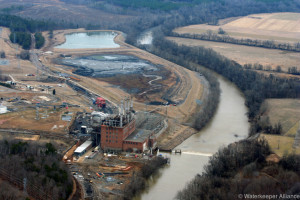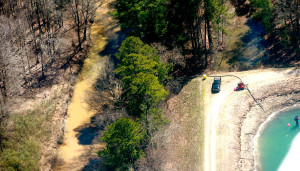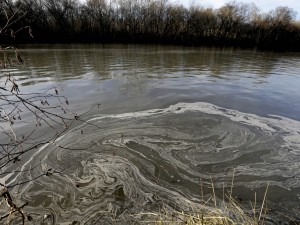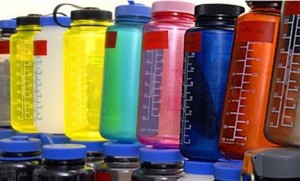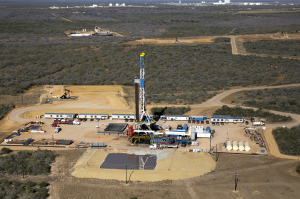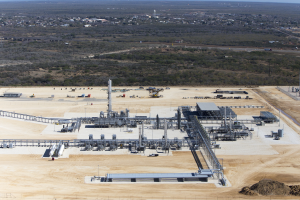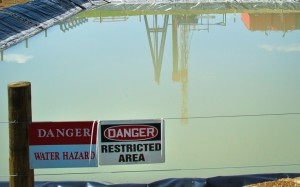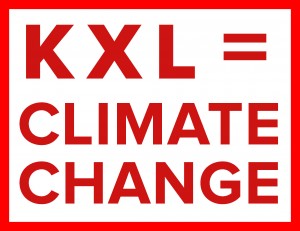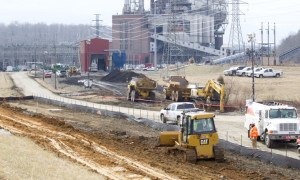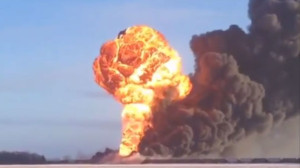Amid big losses for the more progressive candidates on the Texas statewide ballot, Denton residents voted to ban fracking within city limits. This is the first fracking ban in Texas. The ballot language was:
SHALL AN ORDINANCE BE ENACTED PROHIBITING, WITHIN THE CORPORATE LIMITS OF THE CITY OF DENTON, TEXAS, HYDRAULIC FRACTURING, A WELL STIMULATION PROCESS INVOLVING THE USE OF WATER, SAND AND/OR CHEMICAL ADDITIVES PUMPED UNDER HIGH PRESSURE TO FRACTURE SUBSURFACE NON-POROUS ROCK FORMATIONS SUCH AS SHALE TO IMPROVE THE FLOW OF NATURAL GAS, OIL, OR OTHER HYDROCARBONS INTO THE WELL, WITH SUBSEQUENT HIGH RATE, EXTENDED FLOWBACK TO EXPEL FRACTURE FLUIDS AND SOLIDS?
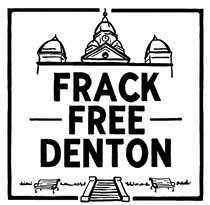 Clearly, the people of Denton were convinced that this is the best way to protect their health, safety and quality of life. The science strongly supports this view. The environmental and health impacts of fracking are numerous, severe and some are long lasting. Releases of toxic pollutants into the air are making people sick in the short term and causing long-term health impacts. Water pollution from fracking operations poses health risks and hardship on people whose water supply is destroyed. Billions of gallons of water are removed from the hydrological cycle when Texas is already struggling to meet its water needs. Ejection wells in some areas are causing earthquakes. On top of all that, methane leakage from fracking, natural gas processing, and transportation of natural gas is contributing to climate change.
Clearly, the people of Denton were convinced that this is the best way to protect their health, safety and quality of life. The science strongly supports this view. The environmental and health impacts of fracking are numerous, severe and some are long lasting. Releases of toxic pollutants into the air are making people sick in the short term and causing long-term health impacts. Water pollution from fracking operations poses health risks and hardship on people whose water supply is destroyed. Billions of gallons of water are removed from the hydrological cycle when Texas is already struggling to meet its water needs. Ejection wells in some areas are causing earthquakes. On top of all that, methane leakage from fracking, natural gas processing, and transportation of natural gas is contributing to climate change.
There will be legal challenges to the Denton fracking ban, and possibly legislative action to try to roll it back. That’s where the rest of us who care about protecting human health and the environment come in. We can’t leave Denton residents to fight alone. This is not a problem that is unique to them, and it’s one that we all contribute to by using natural gas. Our individual and community decisions are impacting real people in serious ways. Natural gas is not a clean or harmless energy choice. Its use should be minimized as much as possible. That includes moving away from natural gas-fired power plants, not building more of them.
Even if Denton’s fracking ban stands up to legal challenges and avoids legislative destruction, many communities in Texas will continue to suffer the impacts of fracking. Denton has the benefit of being an urban area with a significant student population. The Eagle Ford area, on the other hand, is largely rural and less affluent and residents find themselves powerless against the rampant fracking around them. The community advocates who worked to pass the fracking ban in Denton deserve an incredible amount of credit for their work, as do Denton residents for making the smart decision to protect themselves. Now we must not forget about those left on the front lines of fracking who are less able to organize to protect their health, their land, our shared water resources, and the climate. We need a Sharon Wilson for every fracked community.
